Doom is the groundbreaking first-person shooter (FPS) game developed and released by id Software in 1993 continues to be a cornerstone of immaculate game design. Its enduring influence is a testament to the innovative principles it established, which many modern games would benefit from emulating. Doom exudes excellence in its simplicity and accessibility, fast-paced and engaging gameplay, and innovative level design.
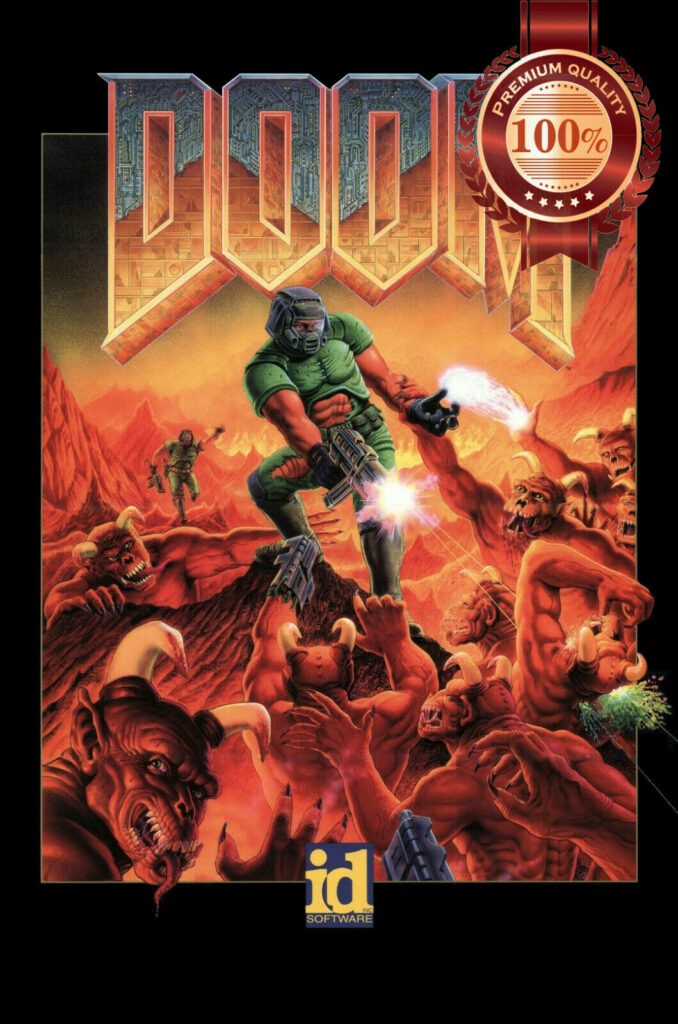
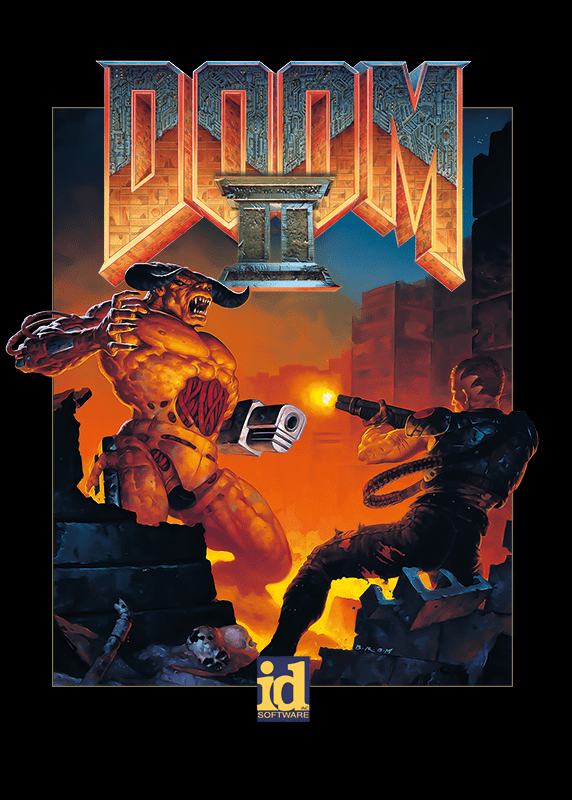

Throughout the years, Doom has undergone many minute but relevant changes to its design, retaining the unique and core aspects of the game while exploring additional features that quickly become staples of the game. Yet unlike other games, Doom never feels draggy or overwhelming. Games nowadays can be too invested in complex mechanics, builds, and other aspects that, while strong and well-loved by most gamers, can also be turn-offs for others. Primarily, the abundance of games that allow you to create builds for specific weapons and abilities gives the illusion of freedom. Yes, you’re free to choose what kind of weapon to bring, but diving into specific weapon builds can neuter your potential in a different weapon. You can feel as if you made a relevant choice in your build but are in fact restricted to just one or two weapons that fit. Doom is one of the few games that do away with that. Weapon options are presented as part of the game’s progression, rewarding the player as they go. You’re able to use whichever weapon you deem fit for the situation, and every tool is at your disposal without locking anything behind skill trees or specific build paths.

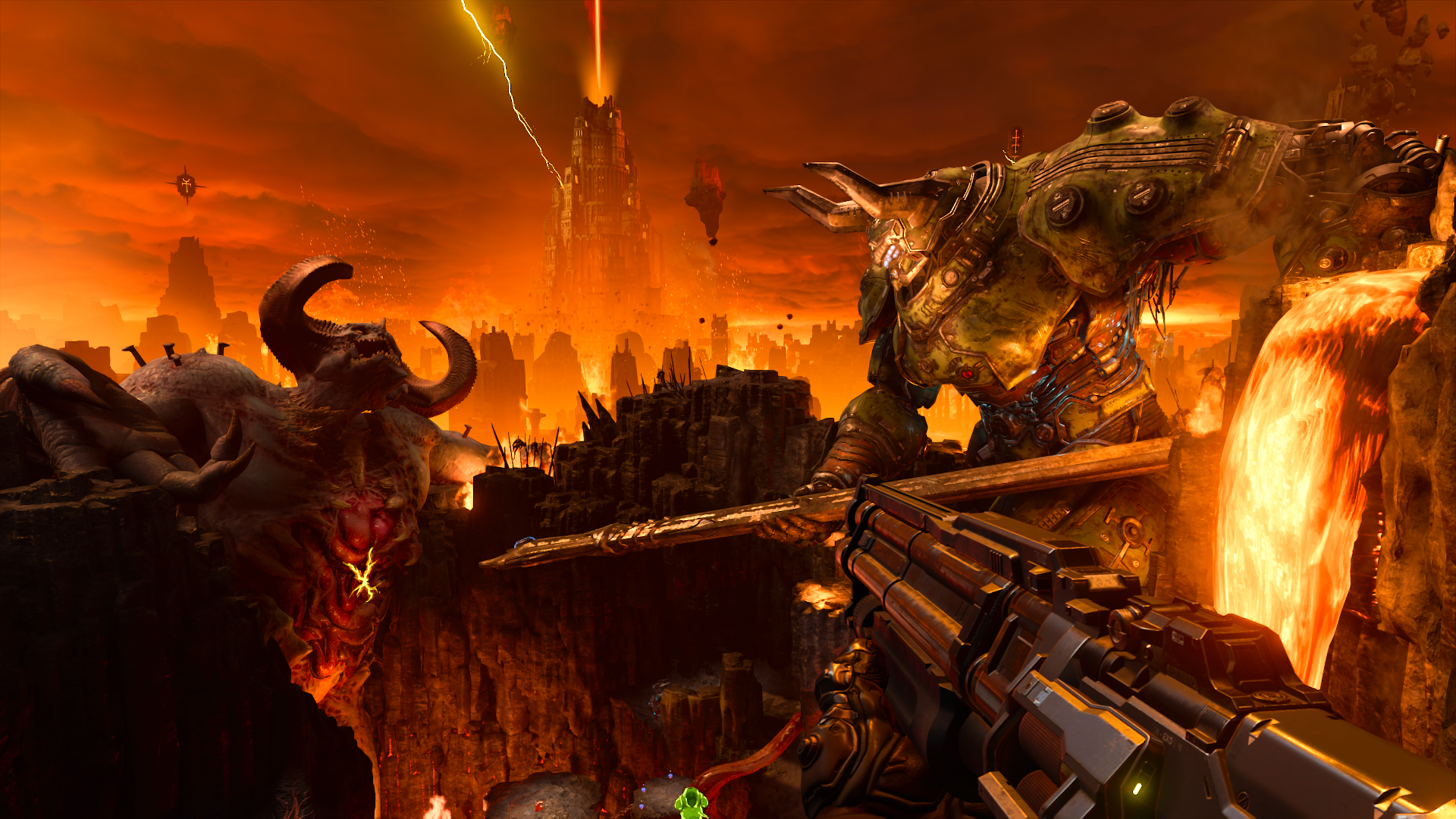
One of Doom’s hallmark features is the lightning-fast and relentless gameplay loop of shooting demons, opening doors, and shooting more demons. Players are constantly on the move, engaging in combat with a variety of enemies with their arsenal of weapons. They must navigate complex levels with varying pieces of terrain and, in the later games, a surprising amount of verticality. This ensures that the experience remains exciting and immersive from start to finish, without feeling hand-holdy for the players. Doom gives the players an objective, a weapon, and the freedom to figure out the rest. Modern games often fall into the tutorial trap and excessive downtime, which can be extremely disengaging for players. Adopting Doom’s dynamic pace can help developers create more thrilling and engaging experiences for players.
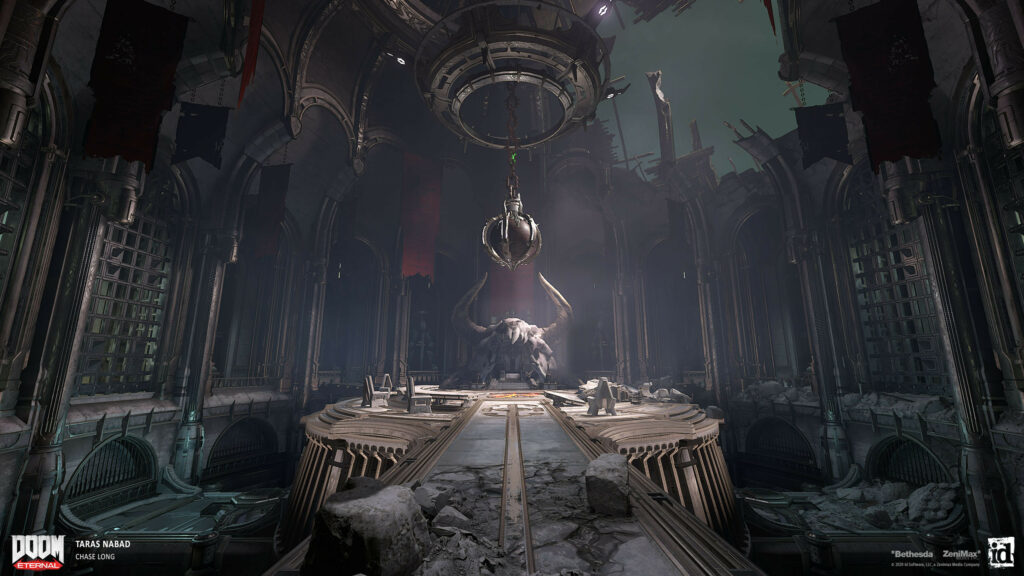
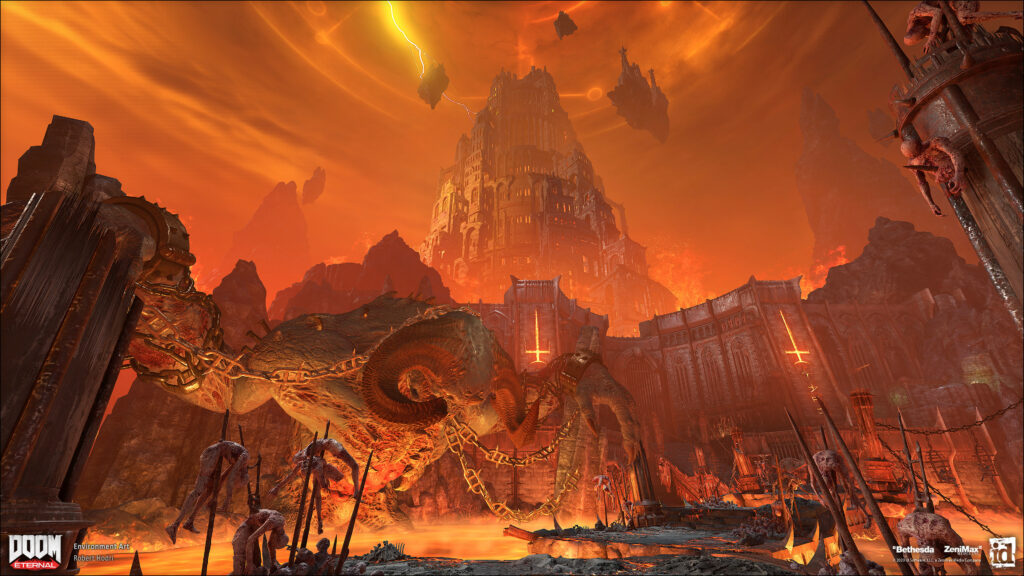
Even in the old days of Doom, the game was a masterclass in creating engaging environments. Levels are intricately designed, mixing open areas and tight corridors with secret rooms and pathways, encouraging players to navigate the levels in different ways to find the most efficient path while killing all the enemies and finding secrets. The art design of each level also helps with immersion, creating a compelling atmosphere using Doom’s signature music and sound design. The haunting soundtrack and dark lighting immerse players in the demonic world of Doom, which has only gotten better throughout the years thanks to the advancement of graphic design.

With the latest entry in the franchise, Doom: The Dark Ages, all of these elements are still present and accounted for, and id Software is taking another leap forward with its game design. Doom has primarily been a shooter game, and while the latest entry still has the familiar assortment of weapons, they’ve added a focus to melee for the player to use. A throwable shield and flail make for an interesting change of pace in Doom’s iconic combat and we’re excited to see how this will affect the formula.
Overall, Doom sets a high standard for game design with these important elements, and modern games should be adopting more of these in their releases to create more engaging, accessible, and enduring experiences for players. Incorporating Doom’s timeless design philosophies not only in FPS games is something we’d love to see from developers.
Blood and guts are Doom’s specialty. If you’re itching to find a show with the same signature, check out this article.





